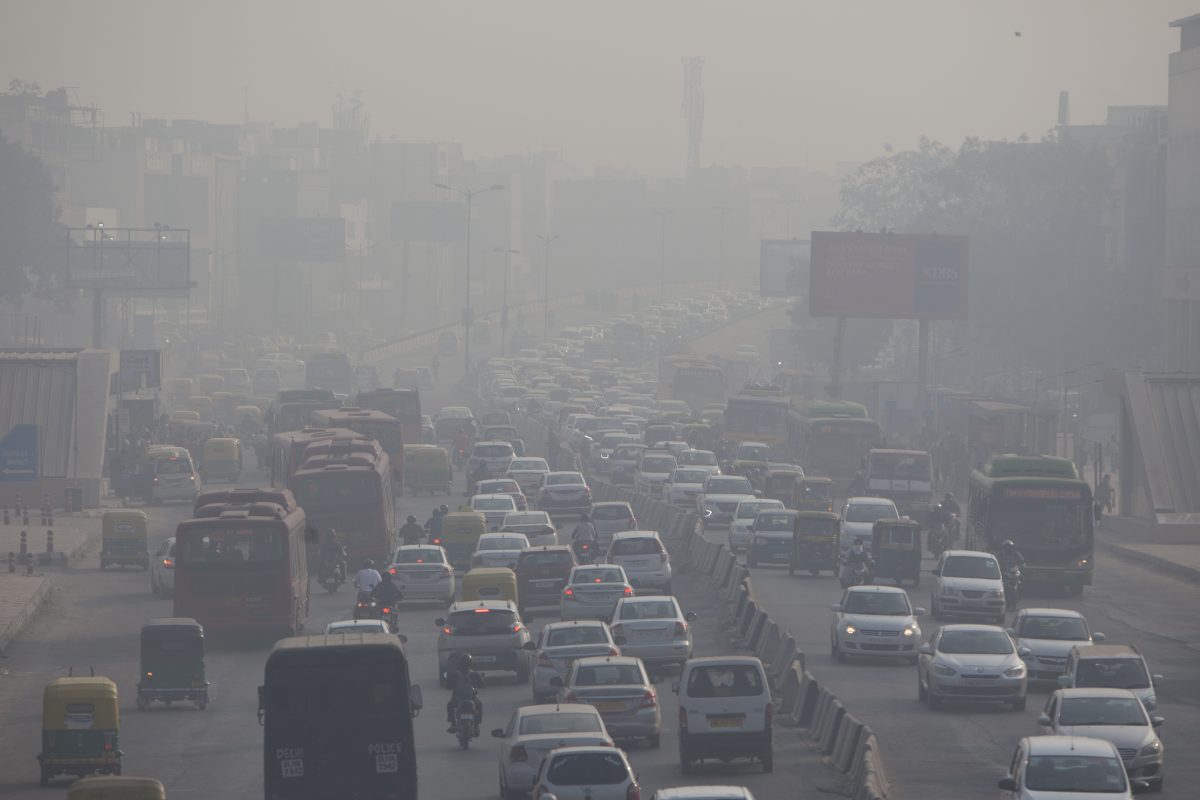The unprecedented level of air pollution in the country is no longer just an environmental concern. It has become a murderer gone berserk and killed over 12 lakh indian citizens in 2017
“Everyone has to wear masks when they are out. And just like electricity. Oxygen is now supplied to homes and offices. Today oxygen is a product manufactured by big companies. People are willing to shed blood for it.” This is what Nawazuddin Siddiqui and Jaccky Bhagnani starrer short film Carbon’s opening scene narrates. Even though it is just a figment of imagination or an exaggerated piece of fiction, it gives us a cue to where we might be heading.
Air pollution has been a grave concern in India, especially for the last few years. To understand the extent of this menace, first-of-its-kind study on the impact of air pollution on deaths, disease burden and life expectancy in all the Indian states, was conducted. It has revealed a disturbing reality and the numbers are staggering — one out of every eight deaths in India are attributable to air pollution. The study, India State-Level Disease Burden Initiative, was published in The Lancet Planetary Health journal was released on December 6.

It was conducted by the Indian Council of Medical Research (ICMR), Public Health Foundation of India (PHFI), and Institute for Health Metrics and Evaluation (IHME) in collaboration with the Ministry of Health and Family Welfare. The report begins by saying, “Air pollution is a major planetary health risk, with India estimated to have some of the worst levels globally.”
Another worrying factor that the study points to is that the average life expectancy in India would have been 1.7 years higher, if the air pollution levels were lesser. In 2017, over half of the 12.4 lakh deaths in India attributable to air pollution were people younger than 70 years. In Delhi, 12,332 (51%) deaths were attributable to air pollution in 2017. Surprisingly, the study suggested that the number of such deaths was the highest in Jharkhand (59%), followed by Punjab (58%). The state with the lowest number of such deaths was Kerala (38.6%) and Himachal Pradesh accounted for the second lowest (40.9%).
The study says that polluted air causes lower respiratory infections, chronic obstructive lung diseases, heart attacks, diabetes, stroke and lung cancer. The magnitude of the problem can be understood from the fact that air pollution now contributes to more disease burden in India than non-communicable diseases that are caused by consuming tobacco.
In India, the annual population-weighted mean exposure to ambient particulate matter PM2.5 was 89.9 μg/m3 (concentration of an air pollutant given in micrograms per cubic meter air) in 2017. It has been found that 76.8% of the population of India is exposed to annual population-weighted mean PM2.5 greater than 40 μg/m3, which is the limit recommended by the National Ambient Air Quality Standards in India. In this case, Delhi took the lead and had the highest annual population-weighted mean PM2.5 in 2017, followed by Uttar Pradesh, Bihar and Haryana.
“In India, the major sources of ambient particulate matter pollution are coal burning for thermal power production, industry emissions, construction activity and brick kilns, transport vehicles, road dust, residential and commercial biomass burning, waste burning, agricultural stubble burning, and diesel generators,” the study says.
The Disability Adjusted Life Years (DALY) rate due to air pollution was also calculated in the study. The DALY rate due to ambient particulate matter pollution was the highest in Uttar Pradesh, followed by Haryana. Of the total DALYs attributable to air pollution in India in 2017, the largest proportions were from lower respiratory infections (29.3%), chronic obstructive pulmonary disease (29.2%), and ischaemic heart disease (23.8%), followed by stroke (7.5%), diabetes (6.9%), lung cancer (1.8%) and cataract (1.5%).
Releasing the report, Dr Balram Bhargava, secretary health research, said, “It is important to have robust estimates of the health impact of air pollution in every state of India in order to have a reference for improving the situation. The findings reported today systematically document the variations among states, which would serve as a useful guide for making further progress in reducing the adverse impact of air pollution in the country.”
According to another study that was recently conducted, Indians would live an average 4.3 years longer, if the country met the global guidelines for particulate pollution. And the effects of pollution on life expectancy are worse than that of HIV/AIDS and smoking.





